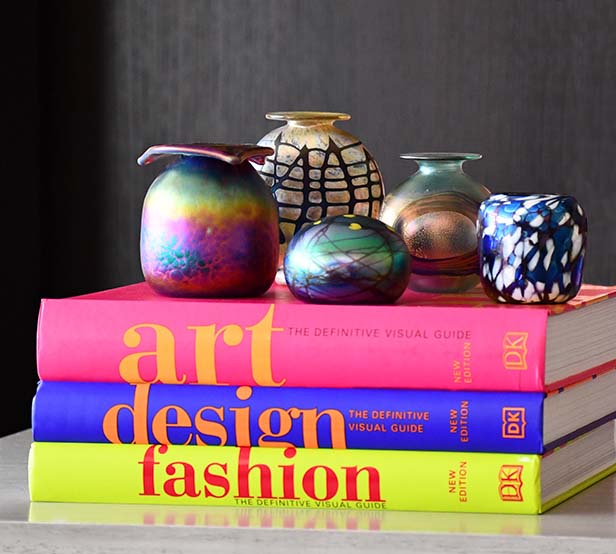
What Is Slow Design? How to Pump the Brakes in a Before-and-After Fueled World
By: Kayla Blanton
To name the elephant in the room: Instagram is normalizing instant transformations. And the last time I checked, it takes more than a few seconds and a seamless transition to curate furniture, choose paint colors, and style a space while also living in it. But we seem to have forgotten that.
Not to come off too strong, but if you think about it, this pining for instant gratification isn’t really sustainable. And that’s why many are embracing the “slow design” movement—a more zoomed out, reflective approach to the creative process that isn’t about before-and-afters. Because despite how your Discover page makes you feel, you didn’t sign up for this race—and you don’t have to run it.
Under the Instagram hashtags #slowdesign or #hometakestime, you’ll find the not-so-perfect progress shots that most people wouldn’t post—for instance, a baseboard-less corner, a half-wallpapered room, or the celebration of a swapped chandelier. When you look at them, it’s almost as if you don’t need the completed picture to see its full potential. And therein, my friends, lies the beauty.
Slow design is mostly a mindset—one that lets go of the pressure to finish a space overnight and instead, chooses to be present in every step. But it does have some core practices that can help when you’re feeling lost (because let’s face it, we’ve all been there).
To trickle into the slow side, start here:
Shop Sustainably (and With Intention)
This looks different for everyone: It could mean more thrifting, shopping from small businesses (like DenXYZ, perhaps?), buying products that are made using sustainable materials, or investing in quality pieces that will last (especially furniture, art, and throw pillows), rather than making cheap impulse grabs that ultimately end up in a landfill.
The one universal truth to shopping sustainably is that it's done with intention. Take your time, do your research, and don’t buy something just to check a box on your to-do list—add it to your cart because you want it, because it suits your style, and because it will make home more functional. Buy it knowing you’ve been mulling on it for a while, or because it has a special meaning.
(An important caveat: You don’t have to be a minimalist to pump the design brakes. See: My mediumalist shopping tips, and the questions I ask myself before checking out.)
Forget Trends
Chasing trends is a sure-fire way to get distracted from slow design. They change as quickly as the seasons (sometimes faster), which makes keeping up with them close to impossible. Slow design provides an opportunity to, instead, reflect on what you have, what you like, and what you’ll love for the long haul. Most importantly, it forces you to ask the question, “Why?” which births a more curated and unique vibe. And who doesn’t want that?
Live, Design, Repeat
A new home is a blank slate, it’s uncharted territory—there’s no way of immediately knowing how it best serves you. That knowledge only comes with living and feeling it out, which means you might eat in folding chairs until you find a style that’s beautiful and suits the family’s needs. You might also scan antique stores for weeks before finally stumbling across a hutch with the right dimensions and just enough wear.
You can have big ideas and a grand plan, sure, but it’s how you execute it—and make tweaks along the way—that can change everything for the better.
By Kayla Blanton: Jewel tones, brass, and amber glass make Kayla Blanton swoon. Those touches, plus lots of art, animal print, and road-trip gathered trinkets make up her 1920s Cape Cod in Cincinnati. You can read her work in Bustle, Prevention, Everyday Health, and more and follow her treasure hunting adventures @theweekendantiquer on Instagram.





